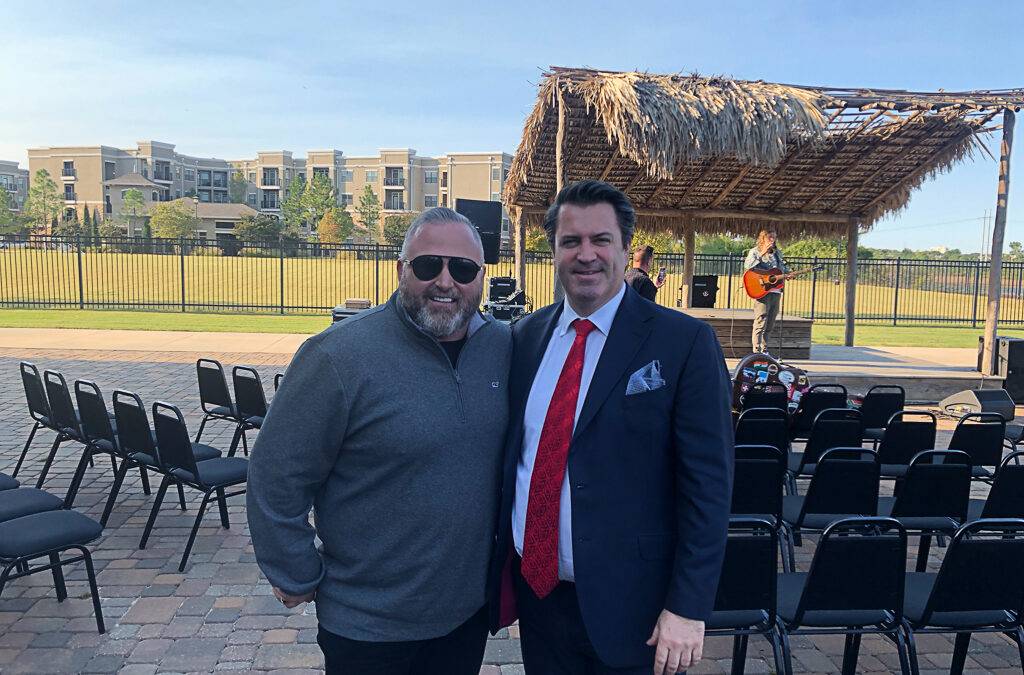Dynamite dynamite dynamite. This is the lawyer, James, the dynamite audio program. It is the absolute best audio content by New York Business Attorney in both transactional and litigation practice areas. And it is helpful for all industries. Now here’s today’s episode. One more thing. Before we get started, you can reach me online by visiting my website, the lawyer james.com. The lawyer james.com. The lawyer james.com. You can call me at (212) 500-1891. That’s the office (212) 500-1891 (212) 500-1891. You can contact me by email at James at the lawyer. james.com. James at the lawyer, james.com. james@thelawyerjames.com or by text message at (917) 783-3153. Text message (917) 783-3153 that’s (917) 783-3153.
All right, today, as part of my anatomy of a lawsuit series, I want to talk to you about appeals. I’m going to be talking about appeals today as part of the anatomy of a lawsuit series. Now I imagine and expect that you’ve heard of the term appeal before, but just what is it? So an appeal, you basically review the lower courts decision with a higher court New York Business Attorney. And the reason why this is important is because it’s a check and balance within the judiciary and the judiciary involves the courts. Uh, you know, there are three branches of government. There’s the legislative branch, which are your senators and Congress people. Uh, those are the ones that make the laws, the statutes, the codified laws. And then you have the executive branch, which is, you know, the president and you have the judiciary and the judiciary is the branch that interprets the statutes that Congress makes and the president signs into law.
Okay. So that’s on a very, very federal and broad sort of overview level. Now the, um, the interesting part about the judicial branch is that justice Marshall back in the early days said, and I quote, it is the province of the judiciary to say what the law is. It is the province of the judiciary to say what the law is now, why is that important? It’s important because the Supreme law is the law of the land. So regardless of what the, uh, legislature legislates, it’s the province of the judiciary to say, if this is good, or if it’s bad, you know, statutes are often, uh, reviewed for, for constitutionality. And once they’re reviewed for constitutionality, uh, that’s when the legislature can say, you know, or rather that’s where the judiciary can say whether or not a law is constitutional or unconstitutional. So that’s sort of a general overview of what the, the sort of legal system is and the judiciary now within the judiciary.
So that’s basically the checks and balances government in terms of the lawmakers, the executive that’s, uh, enforces the law. And then the judiciary that sort of is a check. And then within the check in the judiciary, there’s another check and balance and that’s the appellate process. So we have then the, uh, courts, depending on, you know, the state and the federal, whether or not you’re in federal or state, all right, let’s, let’s do federal first because that’s, that’s a little bit straightforward and it’s uniform across the board in all States. So you have your federal district court level, which is the lower court of the, of the federal system, and it they’re called the district court. So you have the United States district court for the Eastern district of Pennsylvania, for example, or the Western district of Pennsylvania. You have the, uh, the United States district court for the Southern district of New York Business Attorney.
You have all these different States. They have various district courts. Then after the courts, there’s the court of appeals and the courts are grouped by groups of States. I’m just accuse me that the, the courts of appeals and there, they called the circuit, the circuit court of appeals. Okay. So there’s the second circuit court of appeals that applies to New York. And so you have groups of States that make up the first circuit, the second circuit, the third circuit, the fourth circuit fits circuit sentence, 600 consent circuit. So on. So, um, once, so if you have a decision in district court that you don’t like, or that you disagree with, that you want to appeal, you take it up to the, the court of appeals, um, for that circuit that you’re in. And then, um, depending on the question, you can take the case, that’s basically it for the most part.
And then you can take the case to the Supreme court if it involves a constitutional question or perhaps some other questions, but it’s 70, you can definitely take a constitutional question, um, to the Supreme court, whether or not the screen coral here, and that’s another issue, but the Supreme court is the law of the land. And what is what the Supreme court says goes. Now, the state level, it’s a little bit, uh, different, and, and, and it depends on what court you’re in within the state and then how it, how it proceeds in New York Business Attorney. We have the Supreme court is the lowest court, um, in New York, depending on the size of the case. You know, they’re, they’re the first level of small plans. The second level is, uh, civil and then there’s, um, Supreme, Supreme court. And so the, the small claims court deals with 5,000 or less, the, um, civil court deals with 5,001 to 25,000, and then the Supreme court deals with 25,000 or more.
So the Supreme court, once you have the Supreme court, then it goes up to the appellate division in New York Business Attorney. So you have the Supreme court. Then the first level of appeal is the, uh, so you have the Supreme court, the first level of appeal is the appellate division. And then after that, you have the court of appeals. So Supreme court, appellate division appeals. So in the Supreme court, uh, if you don’t have like a decision or disagree or that you have an appeal as a matter of right, uh, in most instances now, so let’s say you get a decision on a motion or a decision after a trial or summary judgment motion, and you want to appeal it. You file a notice of appeal within 30 days, and that notice of appeal gets filed with the court that you don’t like, the decision that you’ve got.
And then there’s some sort of behind the scenes work that goes on, and then you have to perfect the appeal within, uh, it’s six months, I believe. And then once you perfect the appeal, then there’s a briefing schedule. And it depends on what division you’re in. If you’re in, excuse me, what department you’re in, if you’re in the first apartment, which includes Manhattan, there was a specific schedule and the calendar is posted online. If you are not in the first department, second department, for example, it’s, it’s done from the date on the notice of appeal, the, of the notice of appeal, and then what it means to perfect it is that’s when it sort of gets on the calendar and you have a briefing schedule. And then if you, the, the parties to an appeal, uh, the, the party that’s filing the appeal is called the appellant.
The person that is opposing the appeal is called the either [inaudible] or they’re also called the respondent. Now, this is a variable formal process and appeals, and the pages has to be numbered in a certain way. They have to be formatted a certain way New York Business Attorney. The, there has to be a record that’s on appeal. And basically the record on appeal is the record in the lower court. And anything outside of the record in the lower court is not permitted to be in the record on appeal. So every visit evidence that came in, every transcript that was submitted, uh, in the context of the lower court is the record on appeal. So if something didn’t get in at the lower level, it’s not going to get in at the higher level, so that that’s something to consider. And then, so the opening brief gets filed by the appellant.
The, uh, responding brief gets filed by the respondent. And then typically the party that has the, uh, opening brief also has the opportunity to file a reply. And then the case gets submitted after that the court orders, oral argument and oral argument, I believe is pretty short. It’s about 15 minutes per side, and you can make requests either 12 or 15 minutes, and then that’s basically it. Then if the court wants to have argument, it will schedule the argument. If it wants to decide it on the papers, it will decide on the papers. And then you have your, your order. And once you have your order, uh, depending on the issue and the, the, the court that you’re in, you may be able to take it to the court of appeals. And then it does a constitutional issue, constitutional issue. I believe that it can go up to the Supreme court, but I would need to confirm that anyway. So that’s this little short bit on appeal as part of the anatomy of a lawsuit series,
Reach me online by visiting my website, the lawyer james.com, the lawyer james.com. The lawyer james.com. You can call me at (212) 500-1891. That’s the office (212) 500-1891 (212) 500-1891. You can contact me by email at James at the lawyer, james.com. James at the lawyer, james.com. James at the lawyer, james.com or by text message at (917) 783-3153. Text message. (917) 783-3153 that’s (917) 783-3153.

